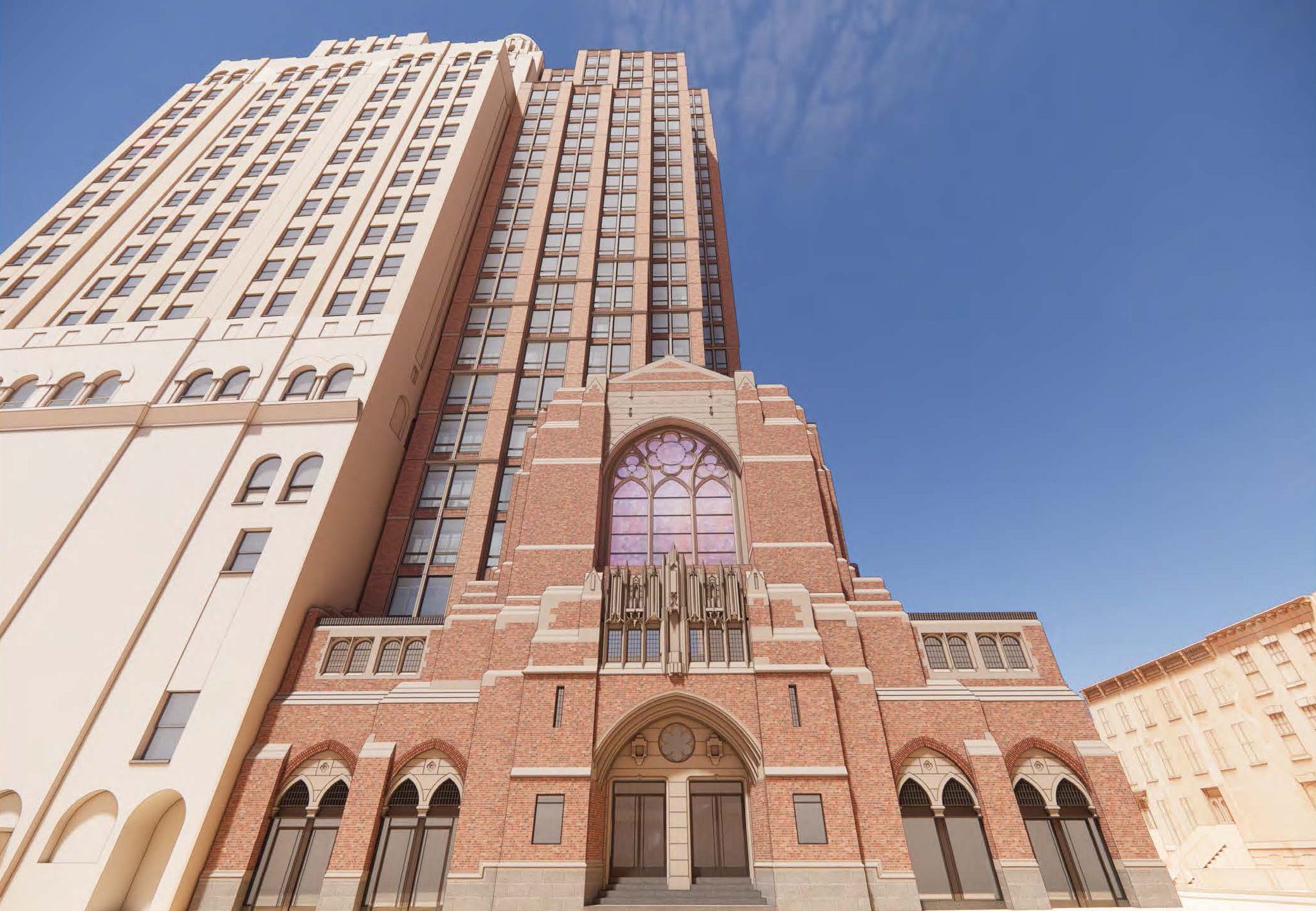New Development Sales Snapshot
It’s a little late to the market report party, but the firm MNS just released its take on how Brooklyn real estate fared during the second quarter with an analysis that focuses exclusively on new developments. MNS reports a 2 percent year-over-year increase in price per square foot on all Brooklyn new development sales ($560…


It’s a little late to the market report party, but the firm MNS just released its take on how Brooklyn real estate fared during the second quarter with an analysis that focuses exclusively on new developments. MNS reports a 2 percent year-over-year increase in price per square foot on all Brooklyn new development sales ($560 a foot versus $548 a foot) but a bigger, 10 percent jump in average sales price over the first quarter of the year ($634,000 versus $568,000). Meanwhile, the most sponsor sales were—not surprisingly—in Downtown and Williamsburg condos. What’s interesting about MNS’s number crunching is that it shows the extent to which closings at one or two buildings can make it seem that certain neighborhoods are way more expensive than others. Prospect Heights fetches markedly higher prices than Dumbo or Brooklyn Heights? That’s because of a big sale at On Prospect Park. The report also notes that closings at the Edge represented a quarter of the transactions in Williamsburg, which “boosted the neighborhood average to $710 (versus $644 in 1Q11). Without these sales, Williamsburg would have had a $663 price per square foot average this quarter.” Similarly, certain neighborhoods appear to be suddenly active in terms of sales because closings started at some buildings. For example, the report says that “whereas last quarter Bushwick had zero New Development participation, this quarter with the addition of 6 closing from The Knick, sales averaged $460/SF” and it sees “Clinton Hill showing the most sales growth due to the closings of 40% of the units at Isabella.”
<a href="http://www.mns.com/brooklyn_new_dev_report“>Brooklyn Market Report [MNS; PDF]





The PPSF chart would be infinitely more useful if it was based on median rather than average. That one penthouse sale in Prospect Heights makes the data for the hood useless….